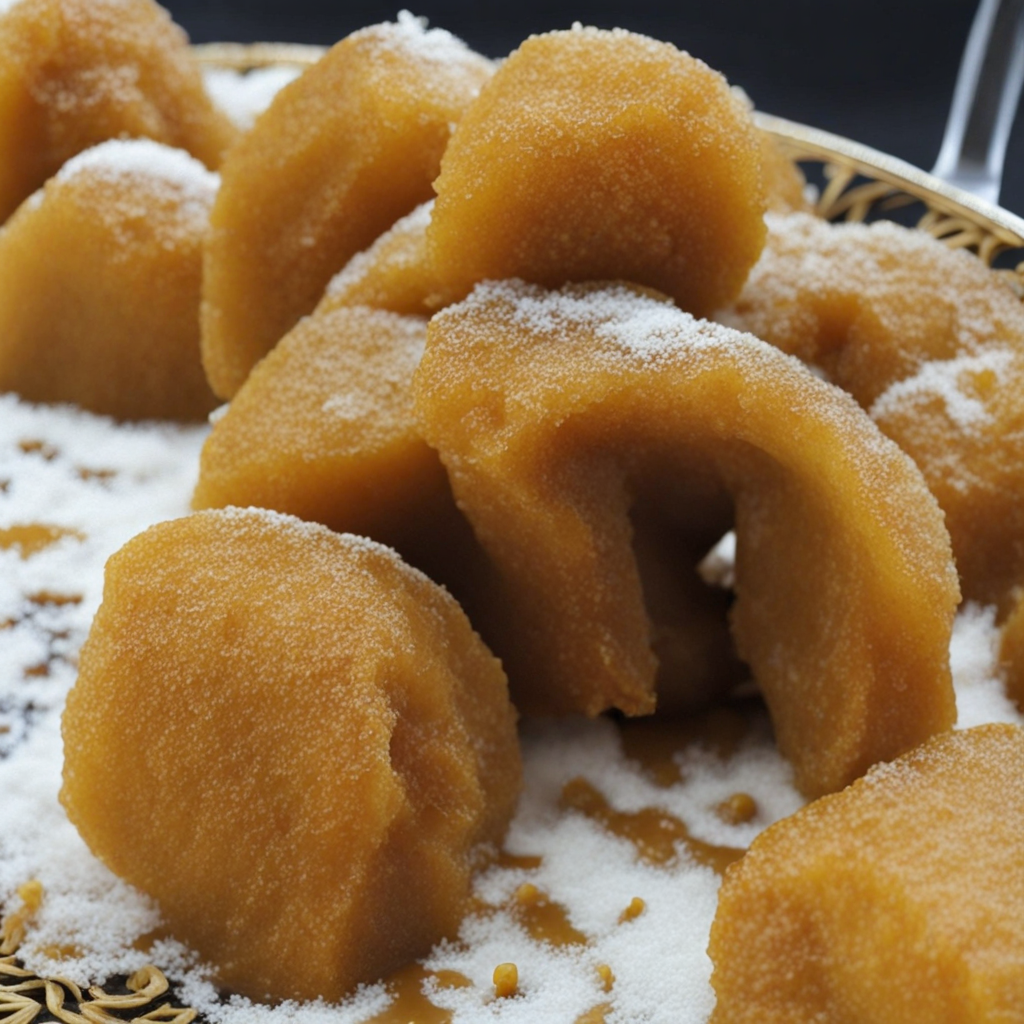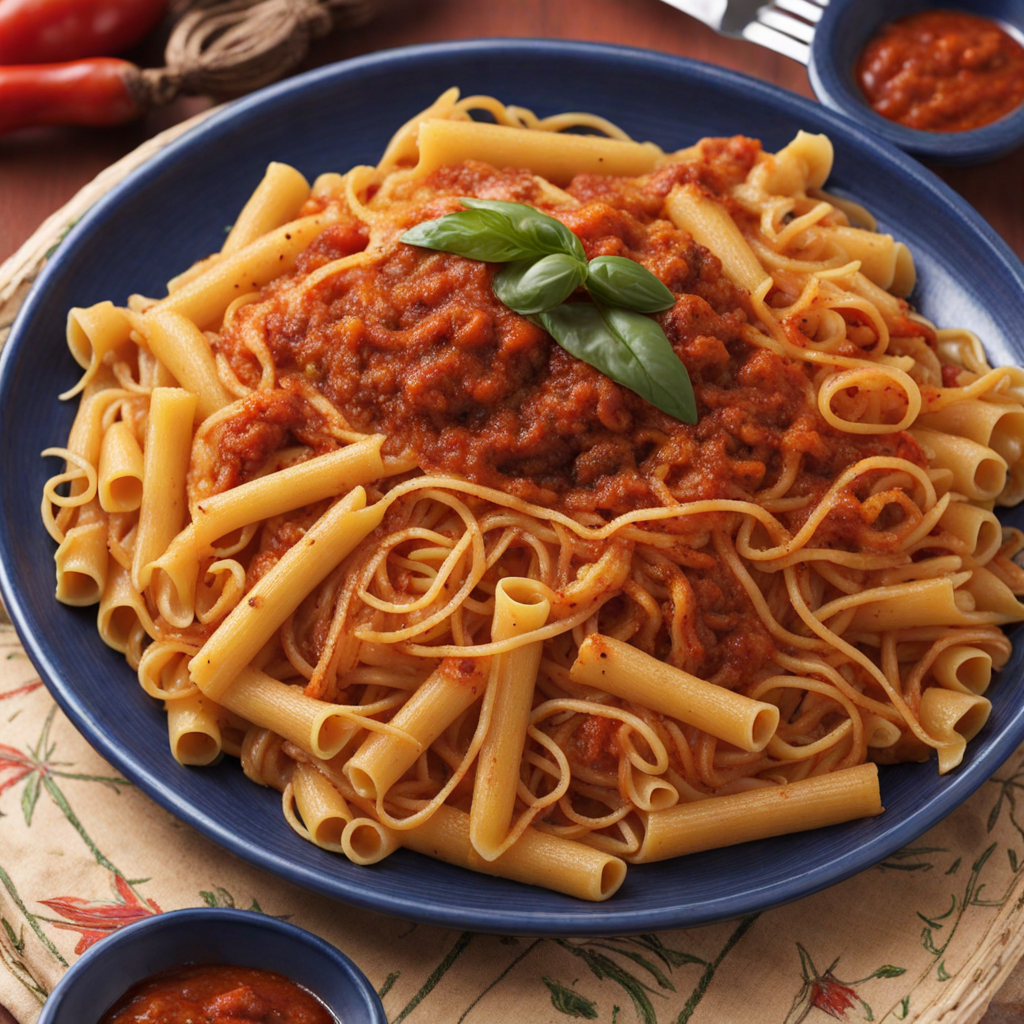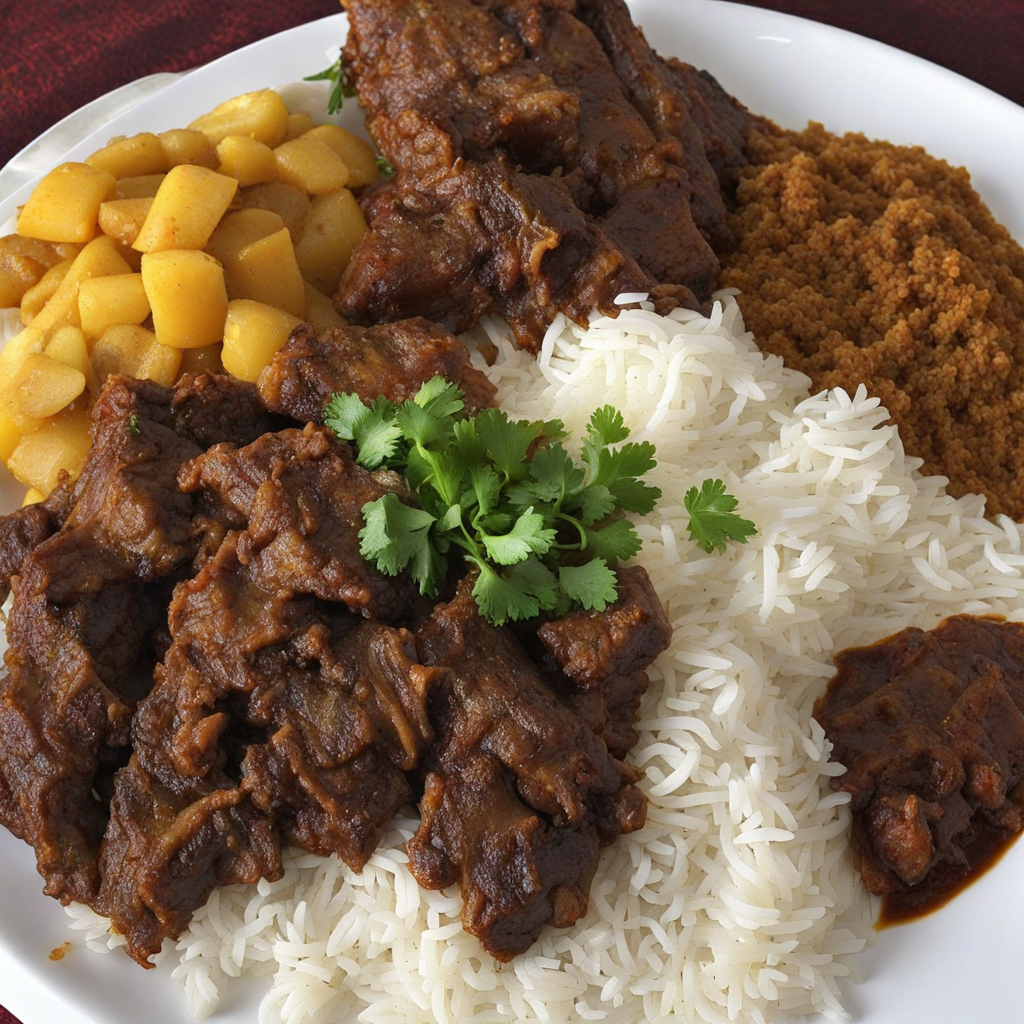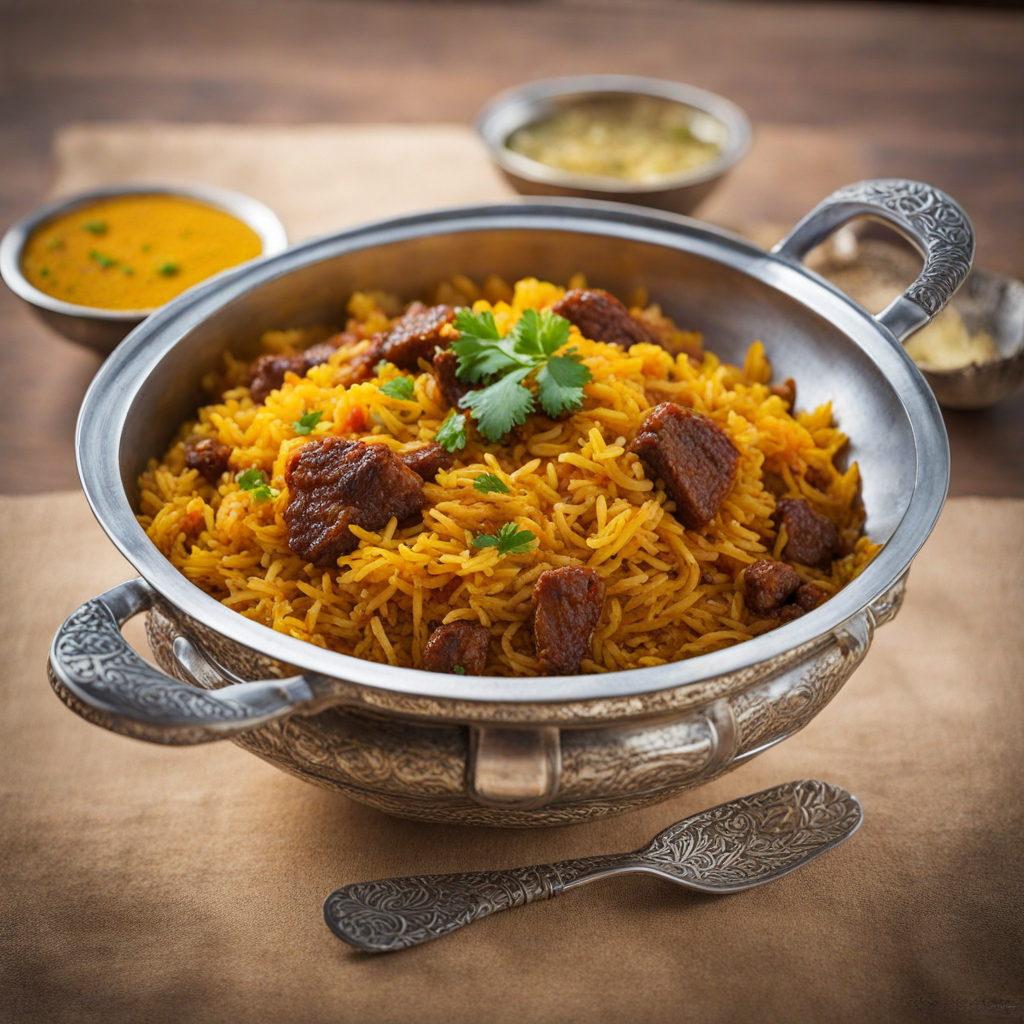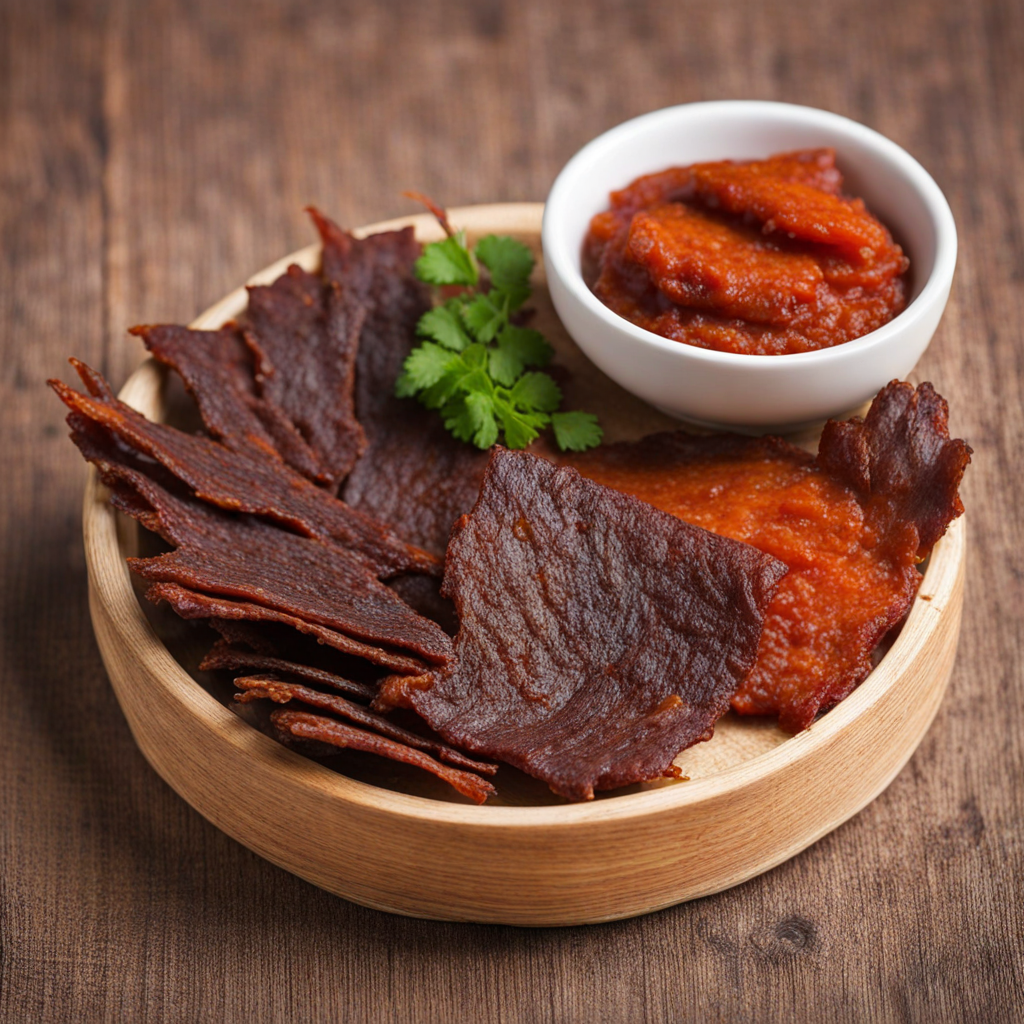Xalwo
Xalwo, a traditional Somali sweet, is a delightful treat that captures the essence of Somali culinary heritage. This gelatinous dessert is made primarily from sugar, cornstarch, and ghee, resulting in a rich, indulgent texture that melts in your mouth. The sweet is often flavored with cardamom, nutmeg, and sometimes rosewater, adding layers of aromatic complexity that tantalize the palate. Its vibrant colors, ranging from golden yellow to deep red, make it not only a feast for the taste buds but also a visual delight, often served during special occasions and celebrations. The preparation of Xalwo involves a careful balance of ingredients and precise cooking techniques. The sugar is boiled until it reaches the hard ball stage, then combined with the cornstarch and ghee to create a smooth, thick mixture. As it cools, the mixture is poured into molds or cut into squares, allowing it to set into its distinctive shape. Each bite provides a satisfying chewiness, complemented by the warm spices that evoke a sense of comfort and nostalgia, making Xalwo a cherished delicacy among Somali families. Often enjoyed with coffee or tea, Xalwo is more than just a dessert; it is a symbol of hospitality and community. Sharing this sweet treat with friends and family during gatherings reflects the importance of togetherness in Somali culture. Whether you’re exploring traditional Somali cuisine or simply looking for a new sweet experience, indulging in Xalwo promises a unique taste journey that showcases the rich flavors and vibrant traditions of Somalia.
How It Became This Dish
The Sweet Journey of حلو (Halwo) in Somali Culture Origins and Definition Halwo, known as حلو in Arabic, is a traditional Somali sweet delicacy that has become a cornerstone of Somali culinary culture. Its origins can be traced back to the rich tapestry of trade and cultural exchange in the Horn of Africa, where spices, herbs, and sweets have long played a significant role in daily life. The term "halwo" itself derives from Arabic, reflecting the historical interactions between the Somali people and the Arab traders who frequented the region. While there are many variations of halwo across the Middle East and North Africa, the Somali version has its unique character and preparation methods that reflect the local palate and available ingredients. Traditionally, halwo is made from a combination of ingredients such as sugar, cornstarch, ghee (clarified butter), cardamom, and sometimes nuts or dried fruits. The precise recipe may vary from family to family, with regional variations influenced by local tastes and the availability of ingredients. The resulting confection is a rich, gelatinous sweet that can be molded into various shapes and is often tinted with vibrant colors. Cultural Significance Halwo holds a special place in Somali culture, serving not only as a beloved dessert but also as an important symbol of hospitality and celebration. It is commonly prepared for special occasions such as weddings, Eid celebrations, and other significant cultural events. In these contexts, the preparation and presentation of halwo become acts of communal joy and generosity. The significance of halwo extends beyond mere sustenance; it embodies the spirit of togetherness and sharing that is central to Somali social life. When guests arrive, it is customary to serve halwo alongside coffee or tea, reinforcing the cultural practice of offering food as a gesture of welcome. This hospitality is deeply rooted in Somali traditions, where the act of sharing food fosters bonds between families and communities. Moreover, the process of making halwo can be a communal activity, often involving multiple generations within a family. Elders pass down their knowledge and techniques to younger family members, ensuring that the recipes and customs surrounding halwo are preserved. This transmission of culinary knowledge reflects the broader Somali cultural practice of valuing oral history and tradition. Development Over Time The historical development of halwo can be viewed through the lens of Somalia's rich and complex history. The Somali people have been engaged in trade for centuries, connecting with different cultures and civilizations across the Arabian Peninsula, East Africa, and beyond. The introduction of new ingredients and culinary techniques through trade routes significantly influenced the evolution of Somali cuisine, including the development of halwo. In the early 20th century, with the advent of colonialism and the subsequent social and economic changes in Somalia, food production and preparation began to adapt to the new realities. Traditional recipes for halwo were refined, and new ingredients became available, particularly with the introduction of imported goods. The use of ghee, for instance, became more widespread, enhancing the richness of halwo and making it a more indulgent treat. The Somali diaspora has also played a crucial role in the globalization and adaptation of halwo. As Somali communities settled in various parts of the world, they brought their culinary traditions with them. In countries like the United States, the United Kingdom, and Canada, halwo has found new audiences, often being adapted to suit local tastes while still retaining its essential character. Somali restaurants and community gatherings outside of Somalia often feature halwo as a staple dessert, introducing it to new palates and ensuring its continued relevance in an ever-changing culinary landscape. In recent decades, there has been a growing interest in Somali cuisine, both within Somali communities and among food enthusiasts worldwide. Cookbooks, food blogs, and social media platforms have contributed to a renaissance of interest in traditional Somali dishes, including halwo. This renewed focus has allowed for a deeper appreciation of the cultural and historical significance of such foods, fostering a sense of pride among Somalis and encouraging the exploration of their culinary heritage. Modern Interpretations and Innovations While the traditional recipes for halwo remain popular, contemporary chefs and home cooks have begun to experiment with new flavors and presentation styles. Innovations may include incorporating alternative sweeteners, experimenting with different types of nuts, or using modern techniques to create visually stunning presentations of this beloved dessert. Such adaptations reflect a broader trend in the culinary world where traditional recipes are being reimagined to cater to modern tastes and dietary preferences. Furthermore, the growing global emphasis on sustainability and health-conscious eating has led some Somali cooks to explore ways to make halwo healthier while maintaining its traditional essence. Using natural sweeteners, whole grains, or incorporating fruits into the recipe is becoming more common, allowing halwo to evolve alongside contemporary dietary trends. Conclusion The journey of halwo from its historical roots to its modern interpretations is a testament to the resilience and adaptability of Somali cuisine. As a symbol of hospitality, celebration, and cultural heritage, halwo continues to hold a cherished place in Somali hearts and homes. Its preparation and enjoyment foster community bonds and preserve traditions, ensuring that this sweet delicacy will remain an integral part of Somali culture for generations to come. As the world becomes increasingly interconnected, the story of halwo serves as an example of how food can transcend borders, bringing people together through shared experiences and flavors. Whether enjoyed at a family gathering in Mogadishu or a Somali festival in Minneapolis, halwo represents not just a dessert but a rich cultural legacy that continues to sweeten lives and create connections across the globe.
You may like
Discover local flavors from Somalia



